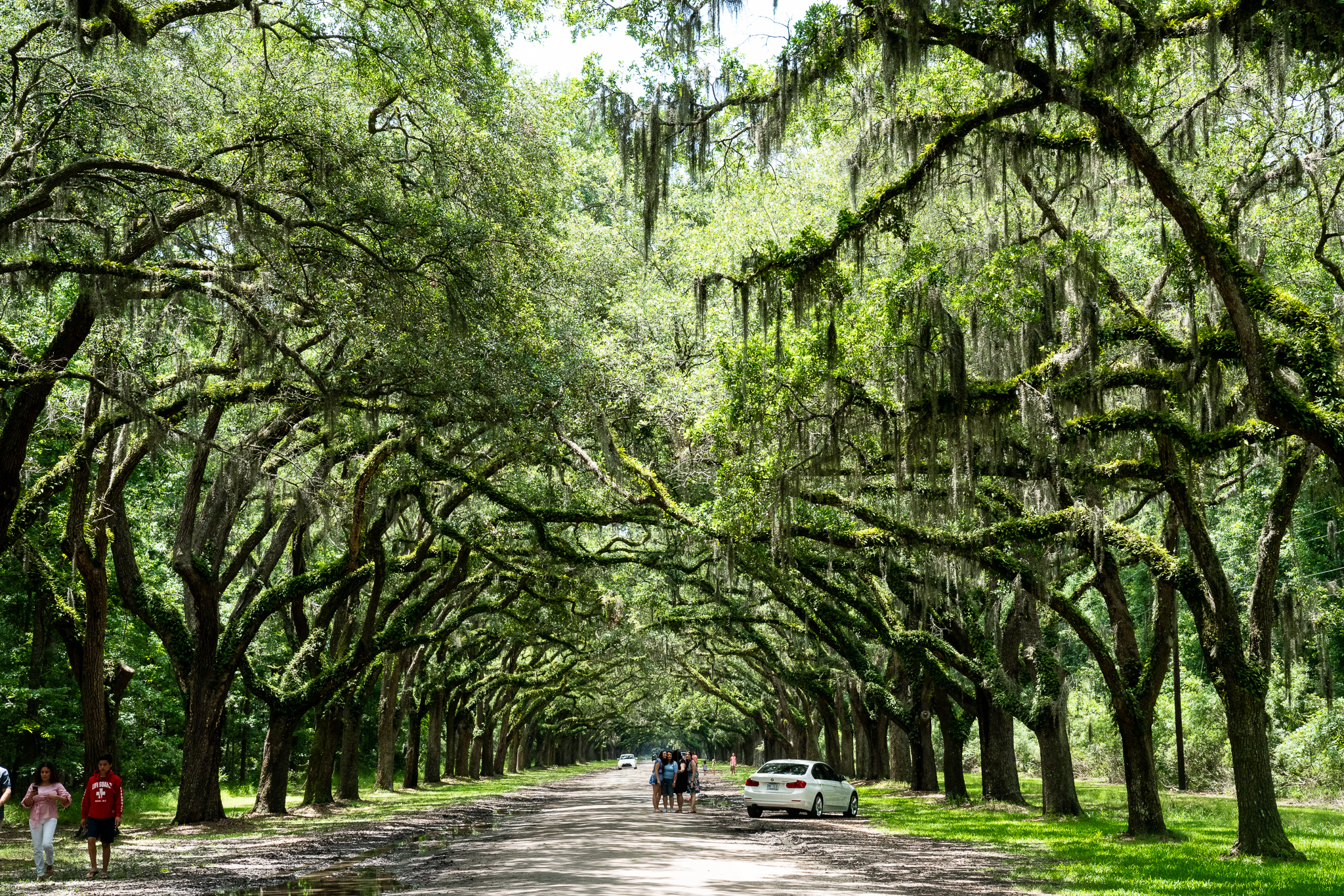Savannah


The city of Savannah was founded in 1733 by James Edward Oglethorpe and was the very first step in the creation of the state. Savannah was considered the first “planned” city in America, thought through by Oglethorpe himself who thought up the city as a series of grids that, “allowed for wide open streets intertwined with shady public squares and parks that served as town meeting places and centers of business. Savannah had 24 original squares; 22 squares are still in existence today.” (1) During the Revolutionary War Savannah was taken by the British. For four years Savannah remained in British hands, though there were attempts to take it back. Once freedom was regained Savannah prospered, growing larger and more populous, at one point rivaling Charleston as a commercial port.
Tragedy, however, struck once the Civil War came around. Union General William Sherman chose not to burn Savannah to the ground the way he did Atlanta, but Reconstruction wasn’t kind to Savannah. The influx of thousands forced many to live, mostly the black population, in squalid conditions. By 1880 Atlanta had overtaken Savannah as the most populous and fastest growing city in Georgia, and Savannah lost its place as the most important city of the state. The Depression brought hardships as well and in, “the 1920s the southern cotton industry was devastated by the boll weevil,” (2) forcing the city to rethink its identity and pivot to new industries.
The port of Savannah served an important purpose during World War 2, and the city itself served as an important role in the Civil Rights Movement in the 1950’s and 60’s. Voter registration drives led by Ralph Mark Gilbert, considered the father of the Savannah Civil Rights movement, led to massive changes and reforms, including making Savannah the first city in the deep south to hire a black police officer. In recent years however Savannah has settled into a somewhat comfortable role as a tourist city. The architecture of the city doesn’t resemble the almost oppressive urban sensibility of Atlanta, instead giving the visitor a sense of a time gone by. There’s a heavy sense of nostalgia to Savannah. So overflowing with history, with significance, that its become a staple of field trips, no surprise considering that it provides both a sense of fun without sacrificing educational potential. Movies like Forrest Gump and Midnight in the Garden of Good and Evil helped bolster tourism and “in the last 10 years more than 50 million people came to visit Savannah” (1).
It’s interesting to think about Savannah as a start to Georgia in the same way that Blunderstone was the start for David Copperfield. The idea of beginning inherently has to be so different when comparing a state to an individual, the macro to the micro. Savannah was always thought of in terms of city and potential, whereas David’s start is in a village, which is nothing if not quaint and unassuming. But in being the first place, the birthplace, they both retain a fondness. Nostalgia defines both, but the idea of what it could’ve been seems to hang over both. The Murdstones, by implanting themselves into David’s life, stole the luster and the beauty of childhood and of Blunderstone. While David does still think of that time and place fondly, for it was the happiest of times with his mother and Peggotty, it couldn’t remain that because of what came next. For Savannah a similar transformation occurred: it went from the most important city in the state, the representative of Oglethorpe’s work, to a city that was superseded, finally settling into something good in its own way, but seemingly aware of what it was before.
Sources:
(1): https://www.visitsavannah.com/article/history-savannah#:~:text=Savannah%....
(2): https://www.visitsavannah.com/article/history-savannah#:~:text=Savannah%....
Parent Map
Coordinates
Longitude: -81.091203000000
